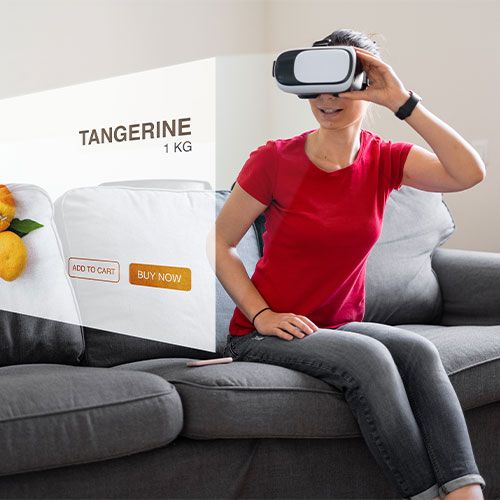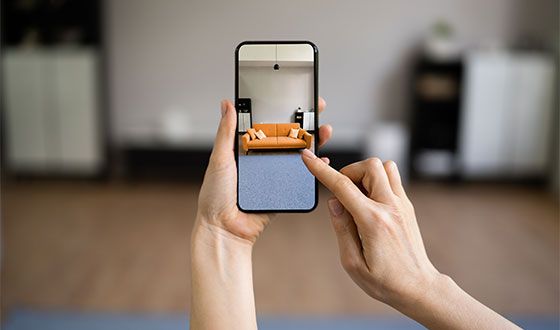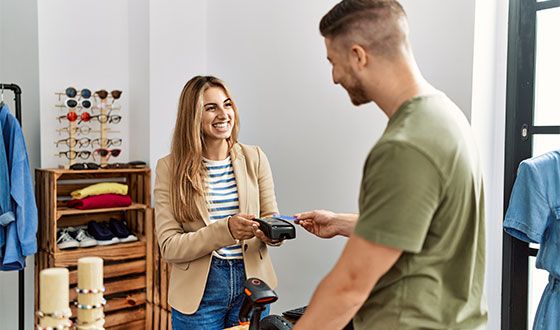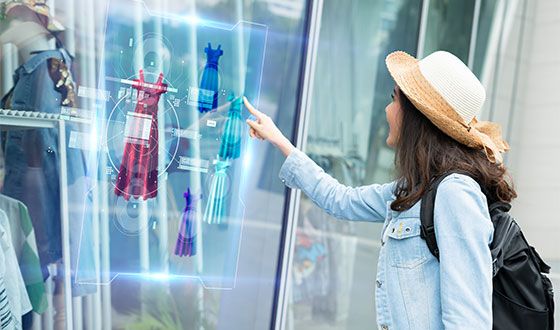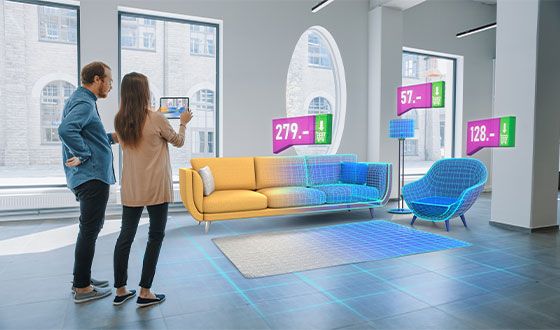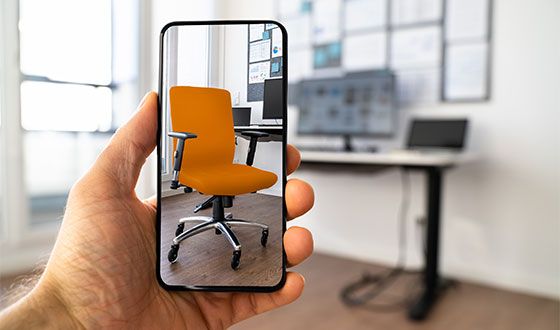Engaging online experiences are key for continued growth.
Retailers must address consumers’ expectations to maintain their competitive edge and business results. Altered consumer behavior has accelerated online shoppers’ demands. 3D and AR development are the top priority for merchants that want to remain relevant in today’s marketplace.
Challenges
Inability to touch and feel products.
Online shoppers have a strong desire for features that enable closer inspection or provide real-life context on size and fit. Future-proof retailers who have adopted 3D and augmented reality solution have continued to grow.
High product returns.
Industry data shows that online shoppers return 15% to 30% of their purchases due to the inability to have real-life product context. Merchants who have adopted augmented reality have drastically reduced their overall number of returns.
Low conversion rates.
Online shoppers are looking for engaging and instructional content, to make the best-informed decisions. However, images and videos are not sufficient. According to Shopify, retailers who add 3D models on their e-commerce websites can increase conversion rates by up to 250%.
Customization on-the-go.
Shoppers want the flexibility to customize products in real-time: colors, materials, designs, and patterns. The inability to do so, results in frustrating customer experiences that reduce overall conversion rates. Merchants who are using 3D models and offering AR features to their customers are already seeing strong benefits.
Seeing is believing.
When it comes to furniture, household objects, whitegoods, and specialty goods, the ability to position products (digital content) in the real space is paramount. Augmented reality is the step-changer for retailers who want to remain competitive and give their customers access to virtual worlds.
Behavioral insights.
Customers increasingly demand customized experiences. As a retailer, you need to plan for this, and put in place smart tools to gather consumer behavior data without being intrusive. Online retailers are already utilizing 3D product configurators to gain an in-depth understanding on shoppers' preferences on how they interact with the product.
Frequently Asked Questions (FAQs)
Want to Learn More?
Ask about Vection Technologies' solutions, professional services or anything else. We are ready to help.
Contact Us